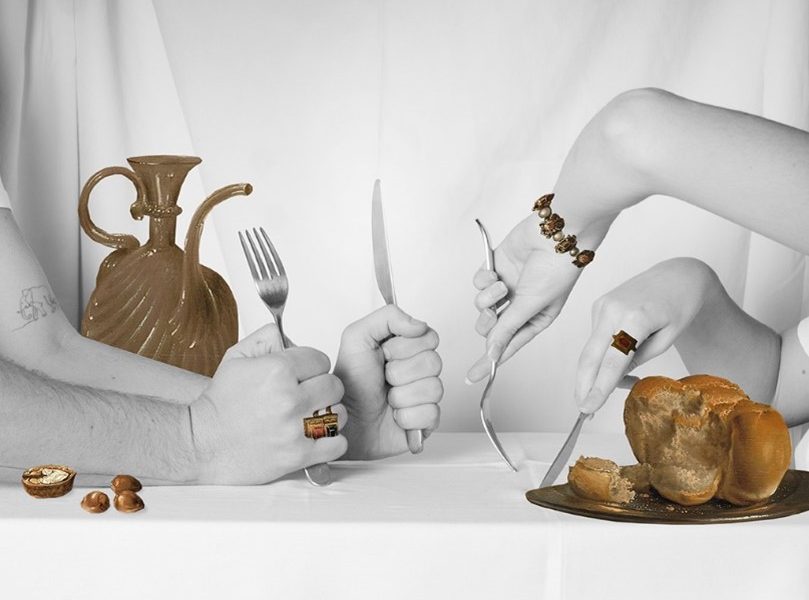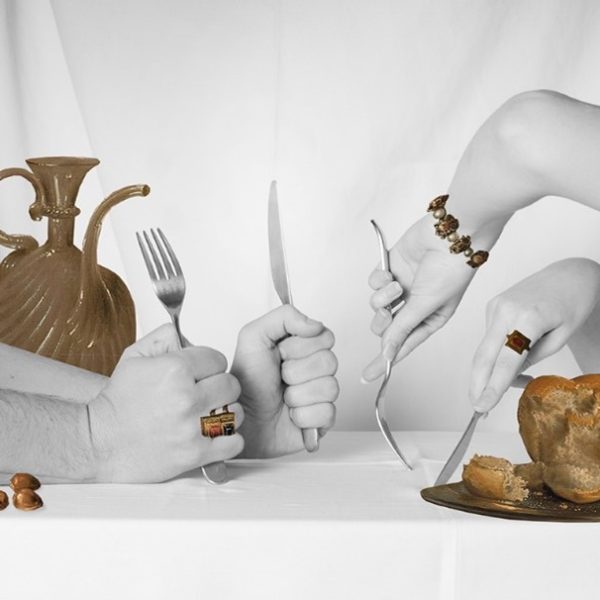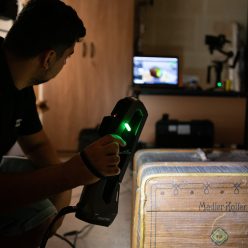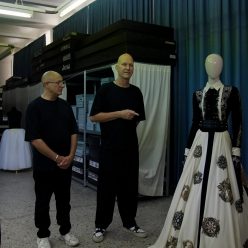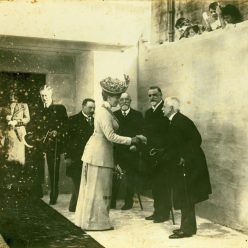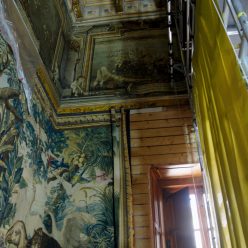by Josef Caruana and Warren Bugeja
Three bas-relief sculptures found within the Ħal Tarxien Prehistoric Complex are a testament to the advanced civilisation that created them. The reliefs were discovered in a room between the South and Central Structures,of the Neolithic complex on the 25th and 26th August 1915, during archaeological excavations led by Sir Themi(stocles) Zammit, curator at the time.
Instead of abstract designs, the meaning of which is debatable, the bas-reliefs in this part of the complex show tangible representations; two bovines and an animal which Sir Temi Zammit interpreted as a sow. Zammit writes that he identified the lower animal as a female pig due to the amount of teats or suckling young on display, which is a number typical of the animal. On the other hand, the bulls, as Zammit pointed out, stylistically resemble those previously portrayed on a plate from the Ħal Saflieni Hypogeum. These bas-reliefs depicting animals are the largest that have yet been unearthed on the Maltese islands dating to the Neolithic period.

The area in which they were found contained burnt human remains since it was used later on as a cremation cemetery during the Early Bronze Age. Unfortunately, the burning affected the stability of the stone on which the bas-reliefs were carved. In fact, Sir Temi Zammit mentions that the reliefs were in such a bad state that parts of them had to be affixed to the megaliths by means of cement to ensure their future preservation.
As mentioned by Dr Josef Caruana, Curator for Prehistoric Sites, “Producing such works of art takes skilled craftsmanship not often seen without specialisation.” Caruana selected these reliefs as his feature or artefacts of choice within the national collection for Heritage Malta’s HMTV series’ Treasure to Meet You’. One must keep in mind that these reliefs were carved using rudimentary stone/chert and wooden implements, or at most, tools made from animal bones or horns. The reliefs may shed light on the society which produced them; a civilisation elevated enough from a subsistence lifestyle to be able to dedicate time to art and complex construction.
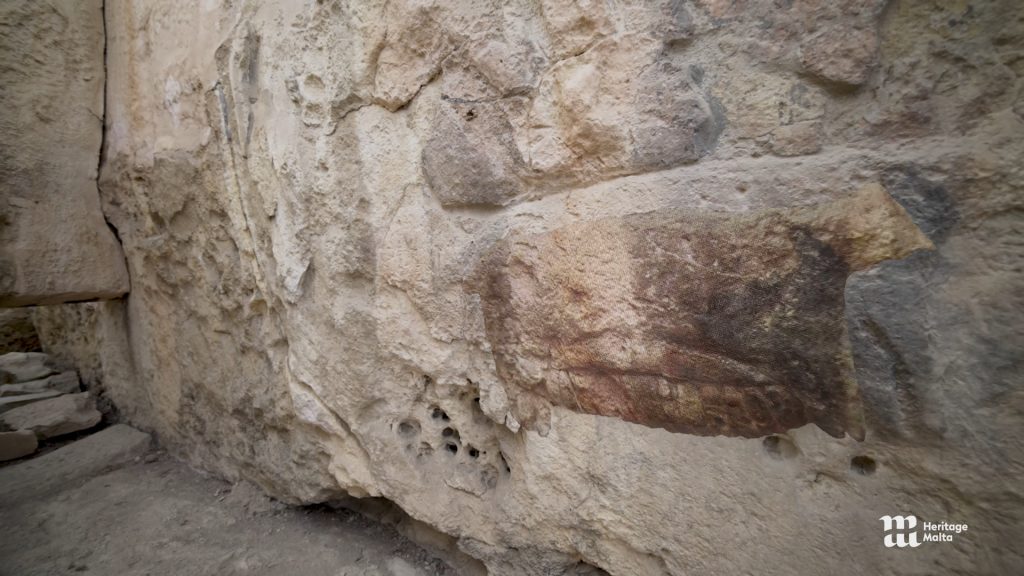
The striking bas-reliefs, together with other depictions of goats and rams carved in relief and the large number of animal bones discovered within the complex, provide insights into the type of food consumed by the society that used these neolithic structures, and their animal husbandry and economic activities. “Furthermore, the decision to portray a lactating sow can be said to be symbolic of the circle of life”, Caruana explains. These bas-reliefs are not the only objects found within the complex that can be associated with fertility. Many phallic symbols were also excavated within the Ħal Tarxien Prehistoric Complex.
Watch the feature here in English or Maltese
‘Treasure to Meet You‘ is uploaded to Heritage Malta’s Facebook page every fortnight on a Tuesday at 19:00. The intimate series consists of short features in both English and Maltese versions. Each fortnight, viewers get to meet one of our dedicated curators, who were asked to select an artefact or feature from the national collection to which they are particularly attached.
Latest News
